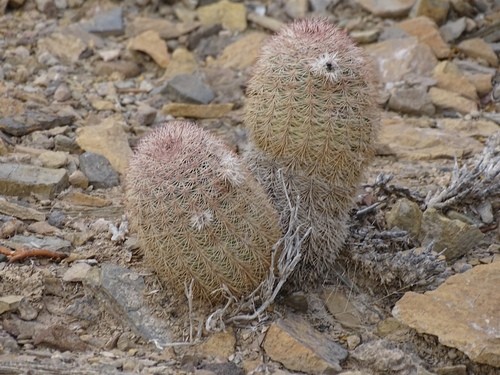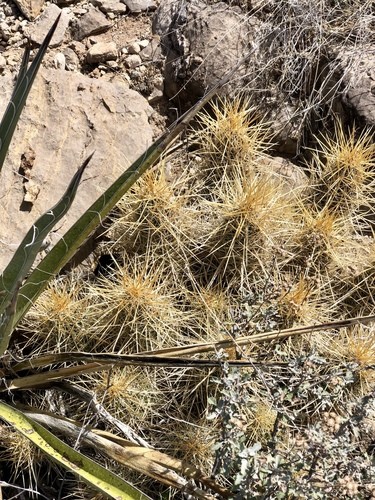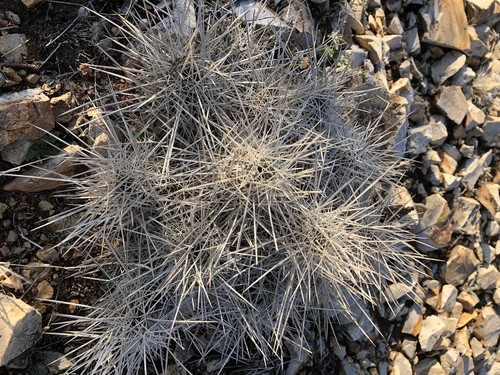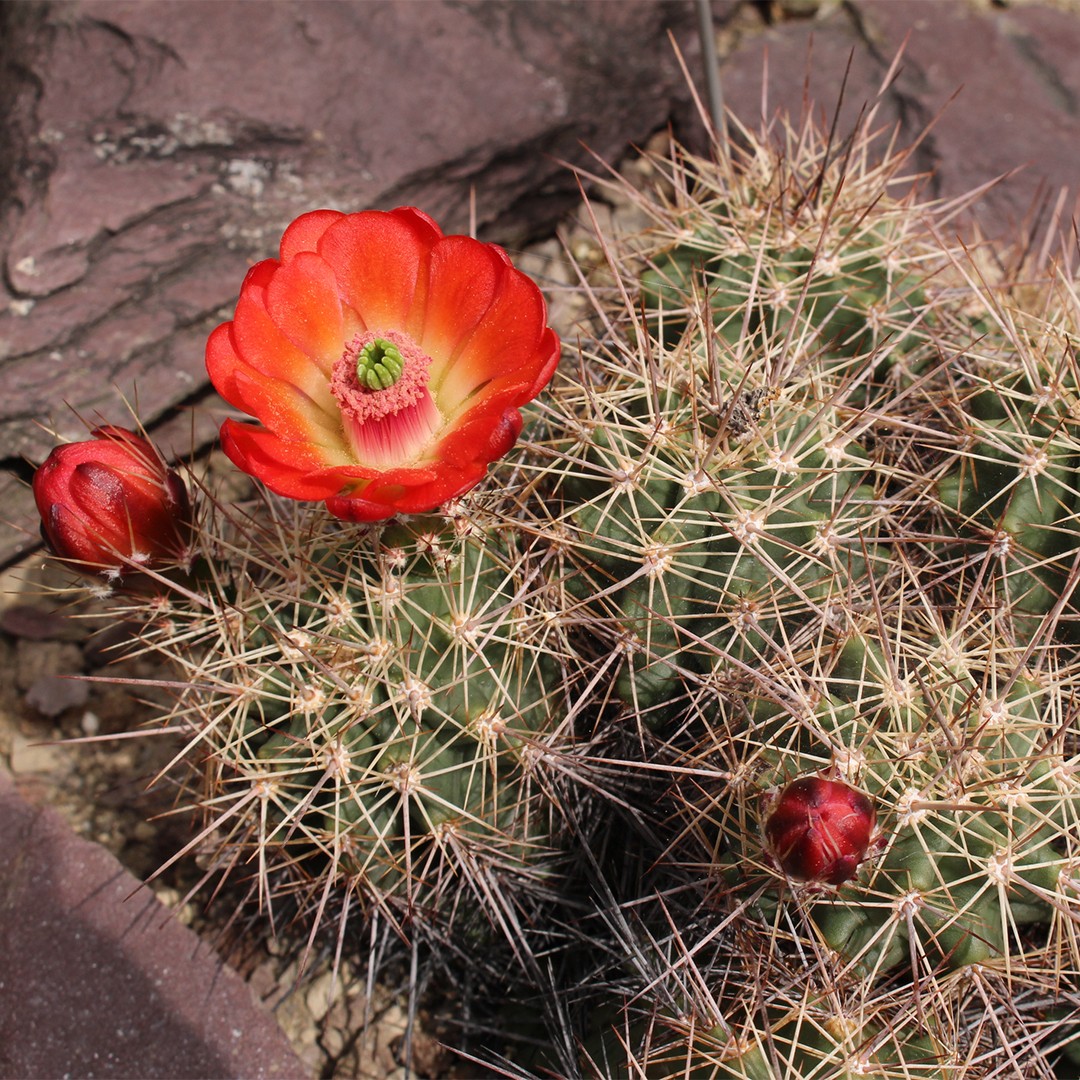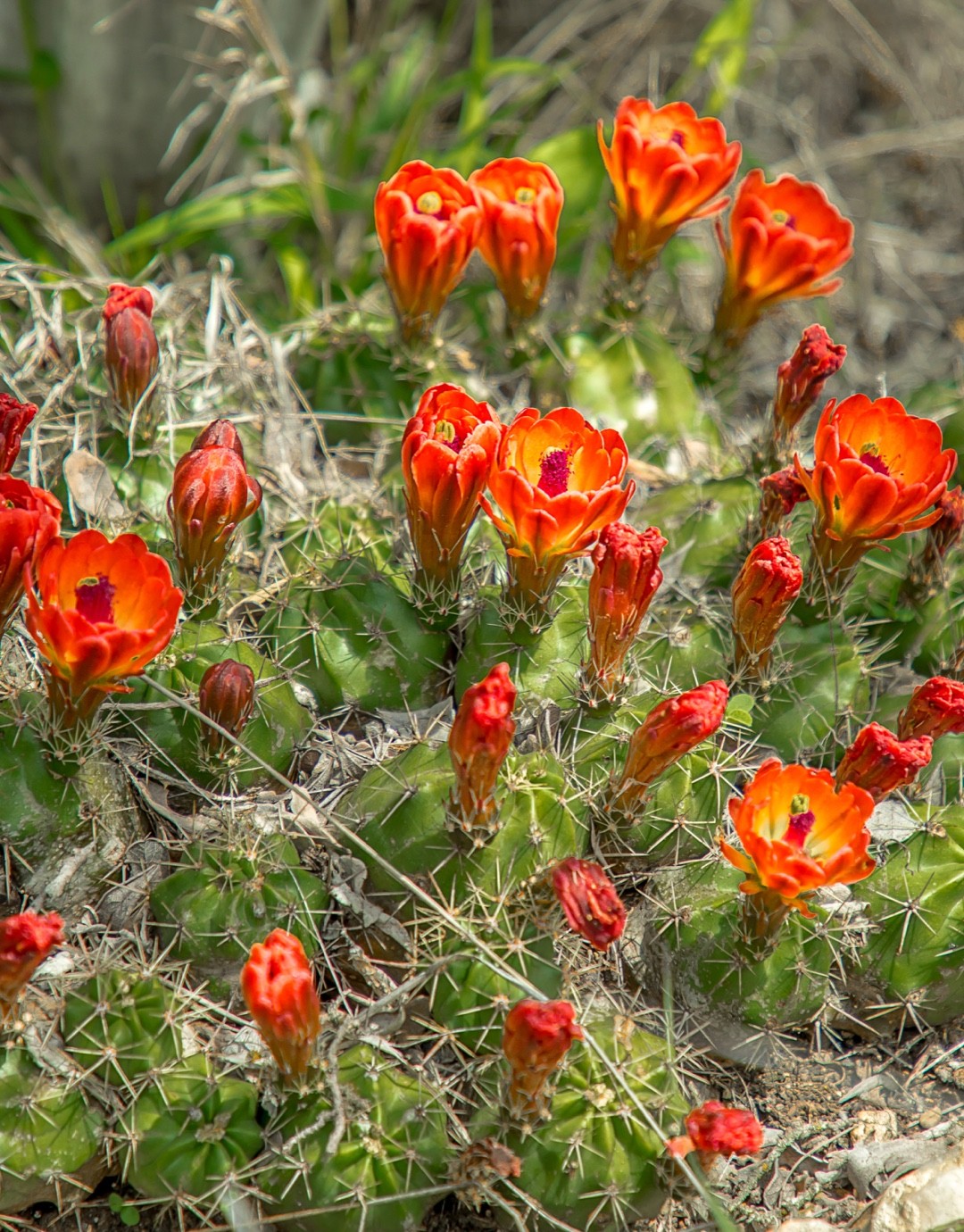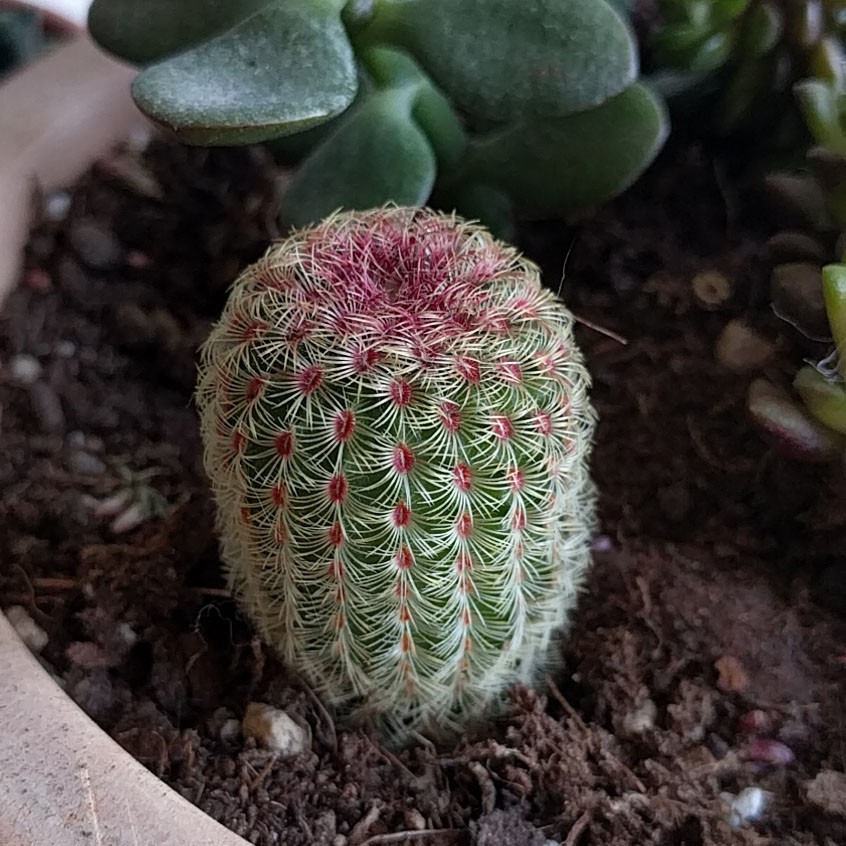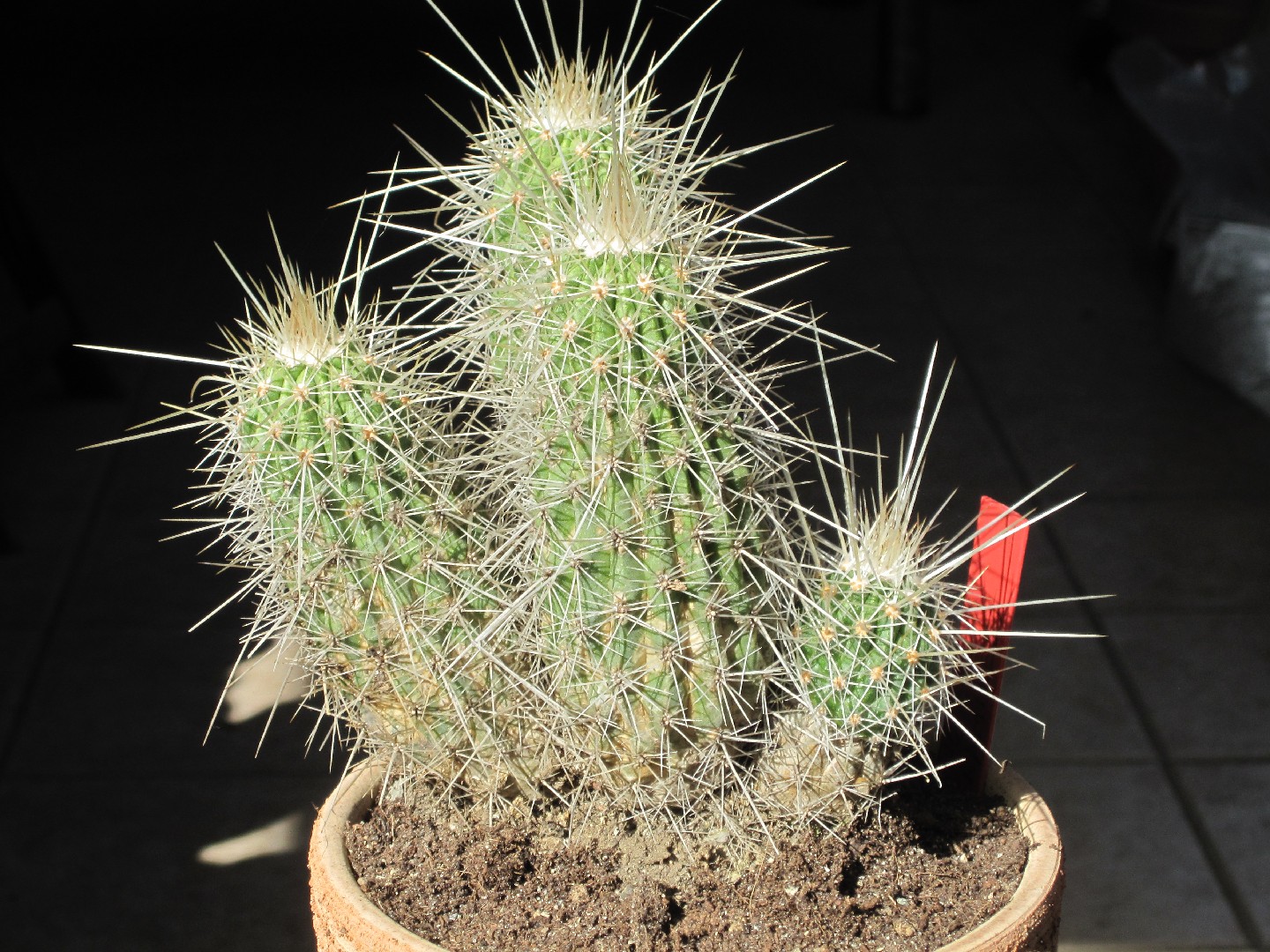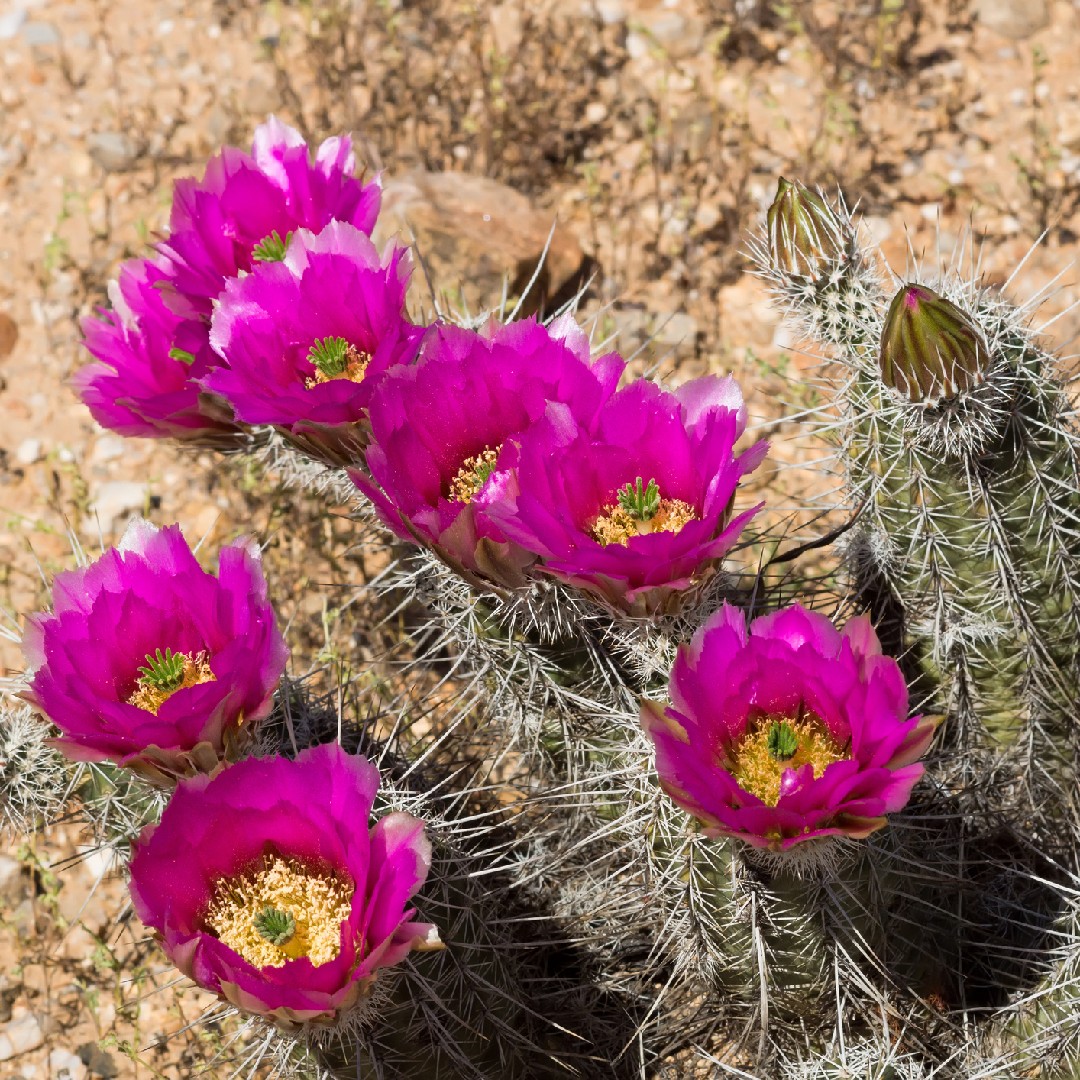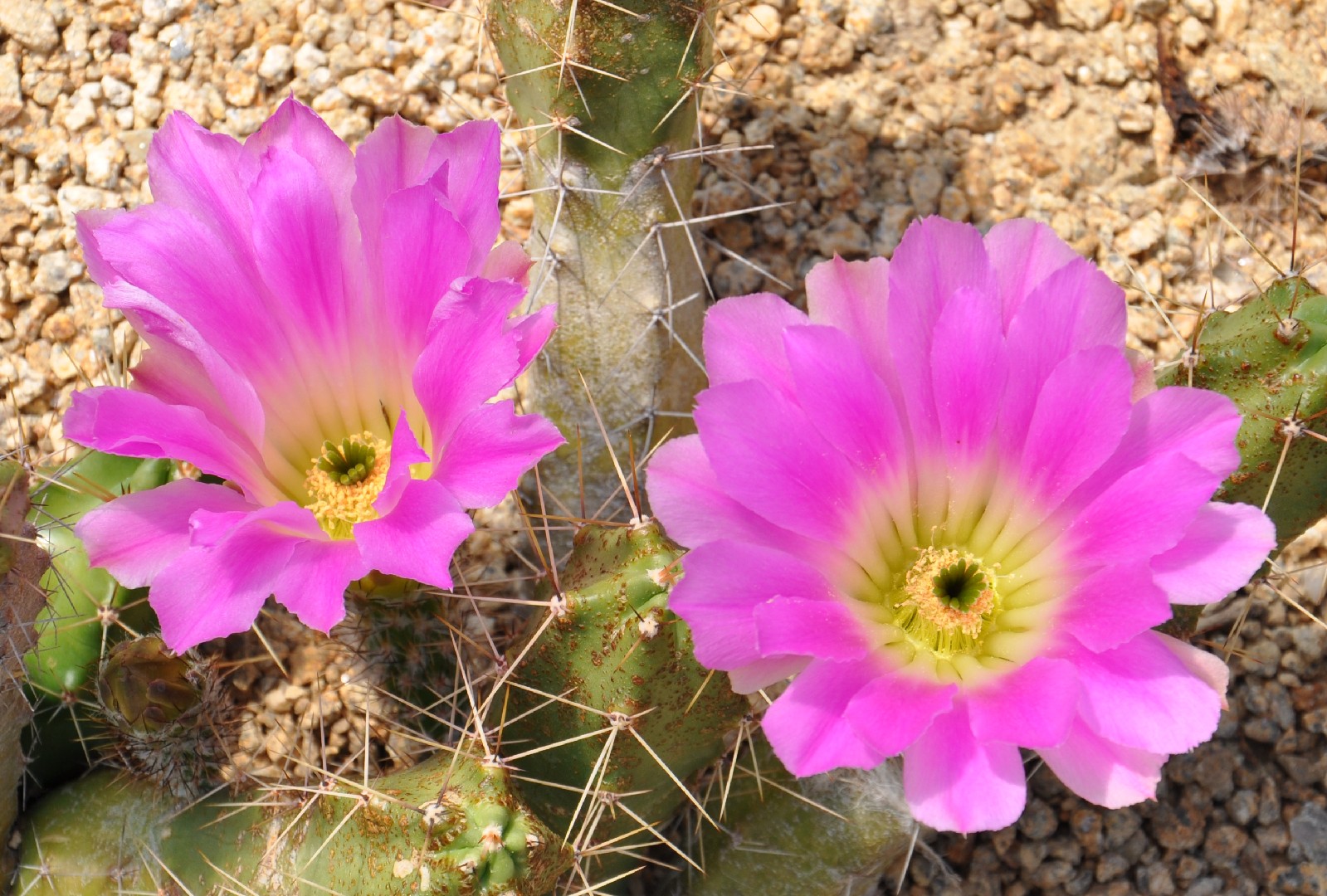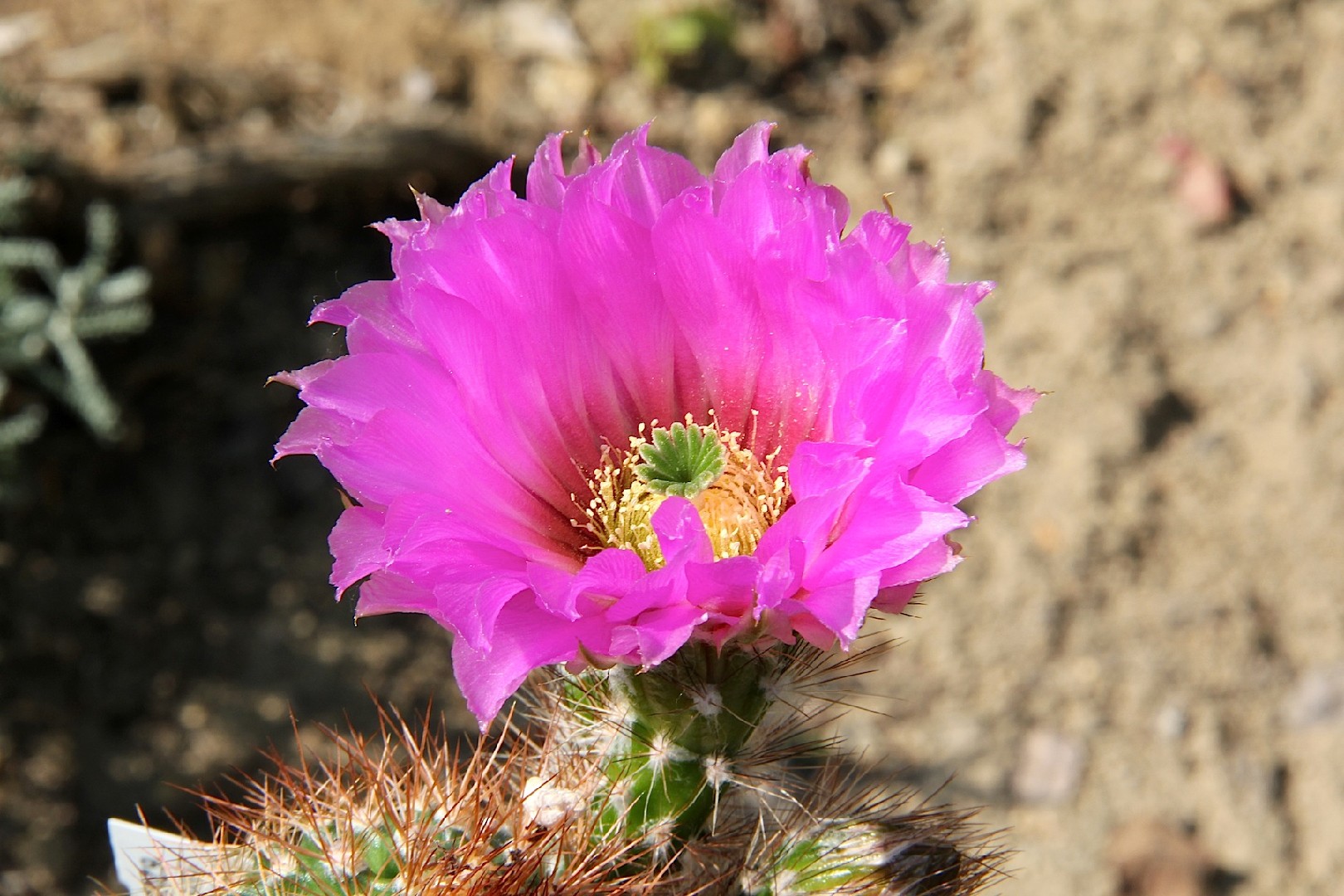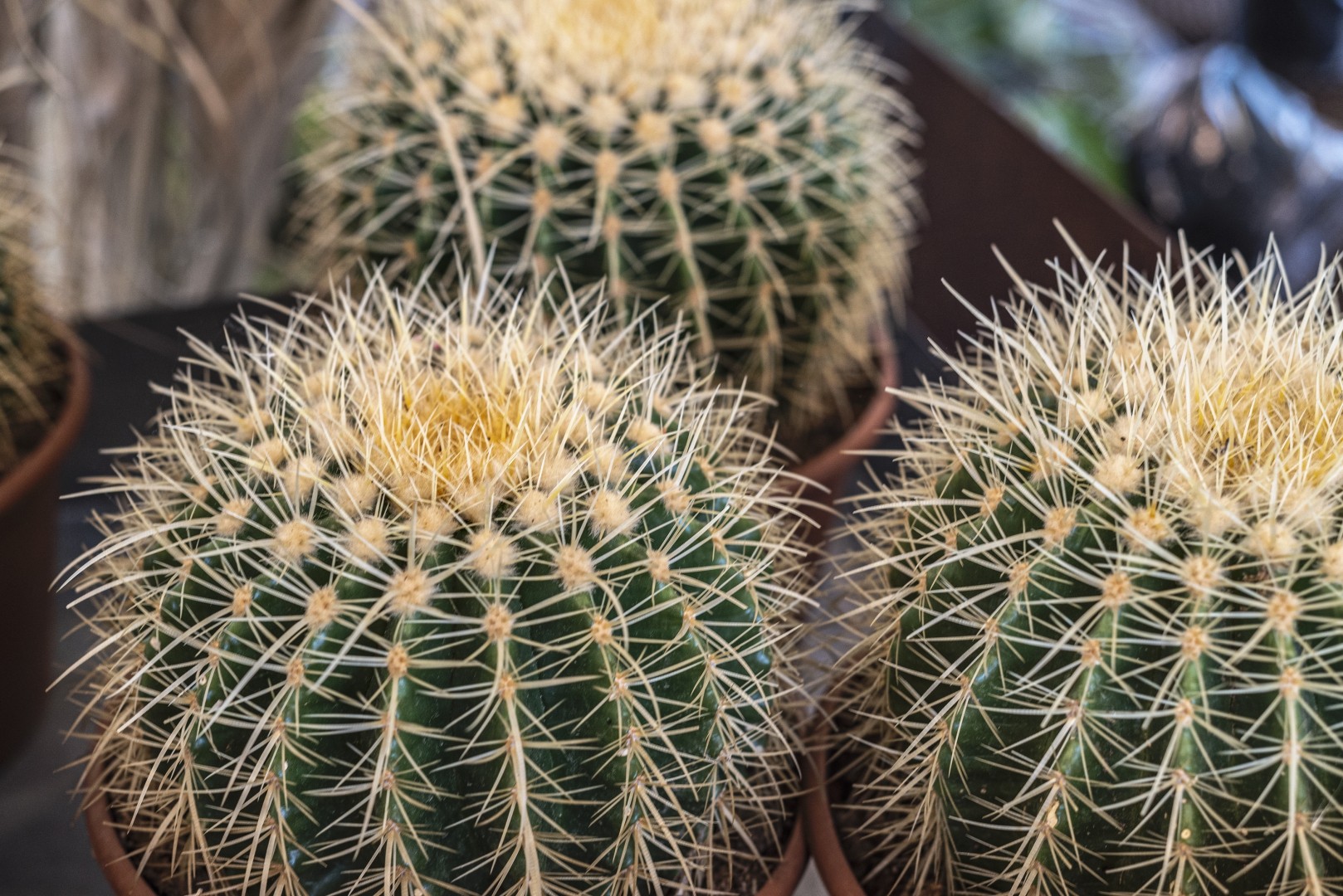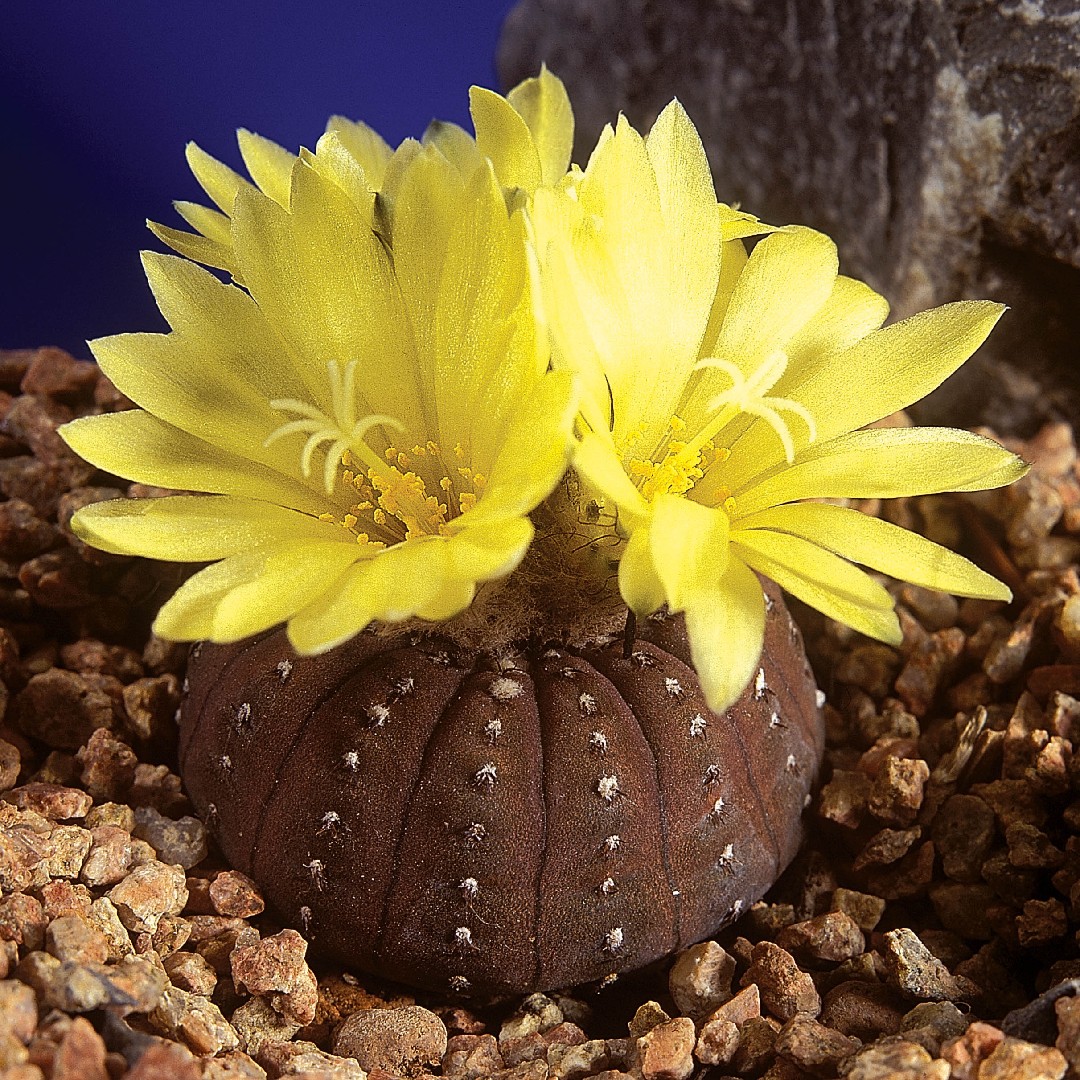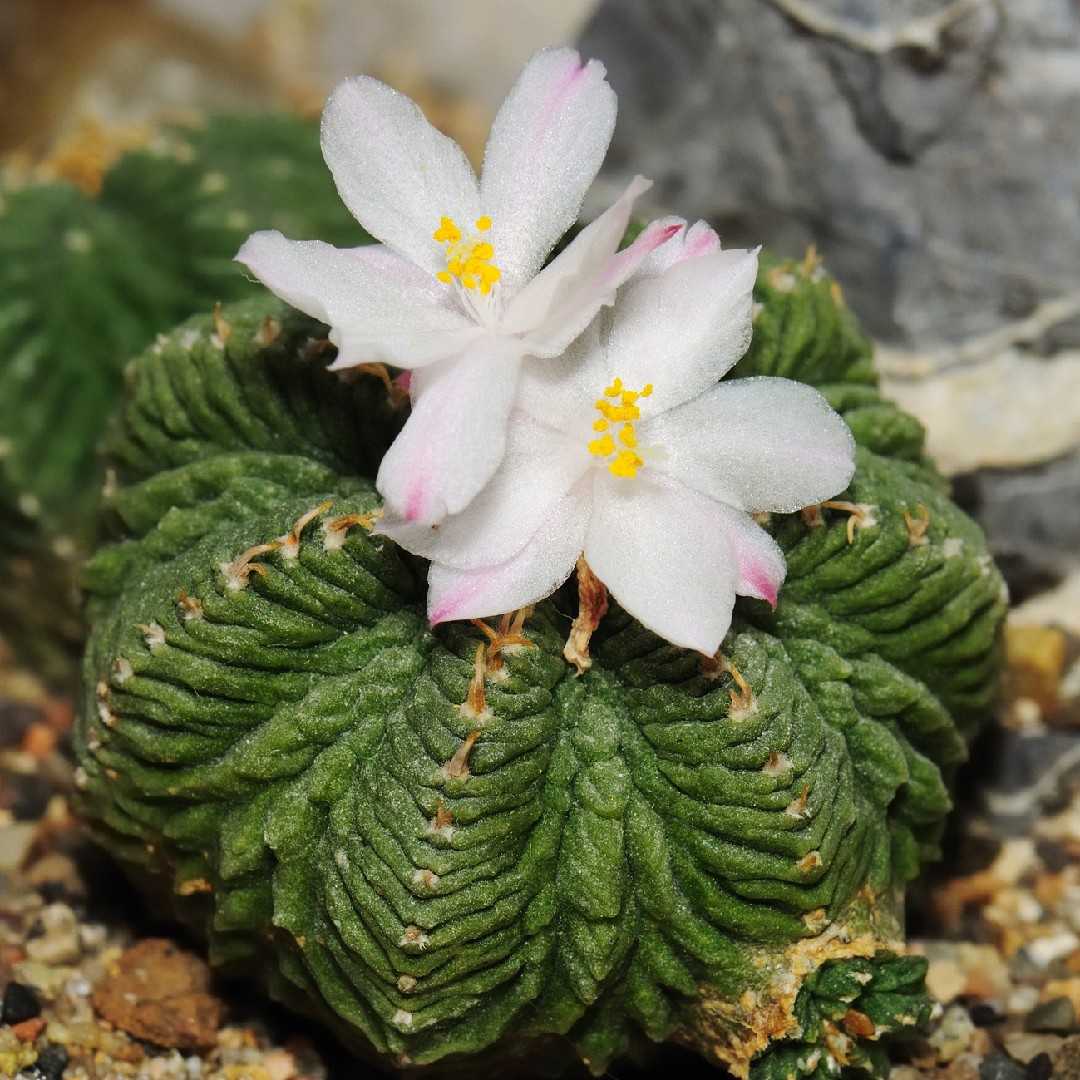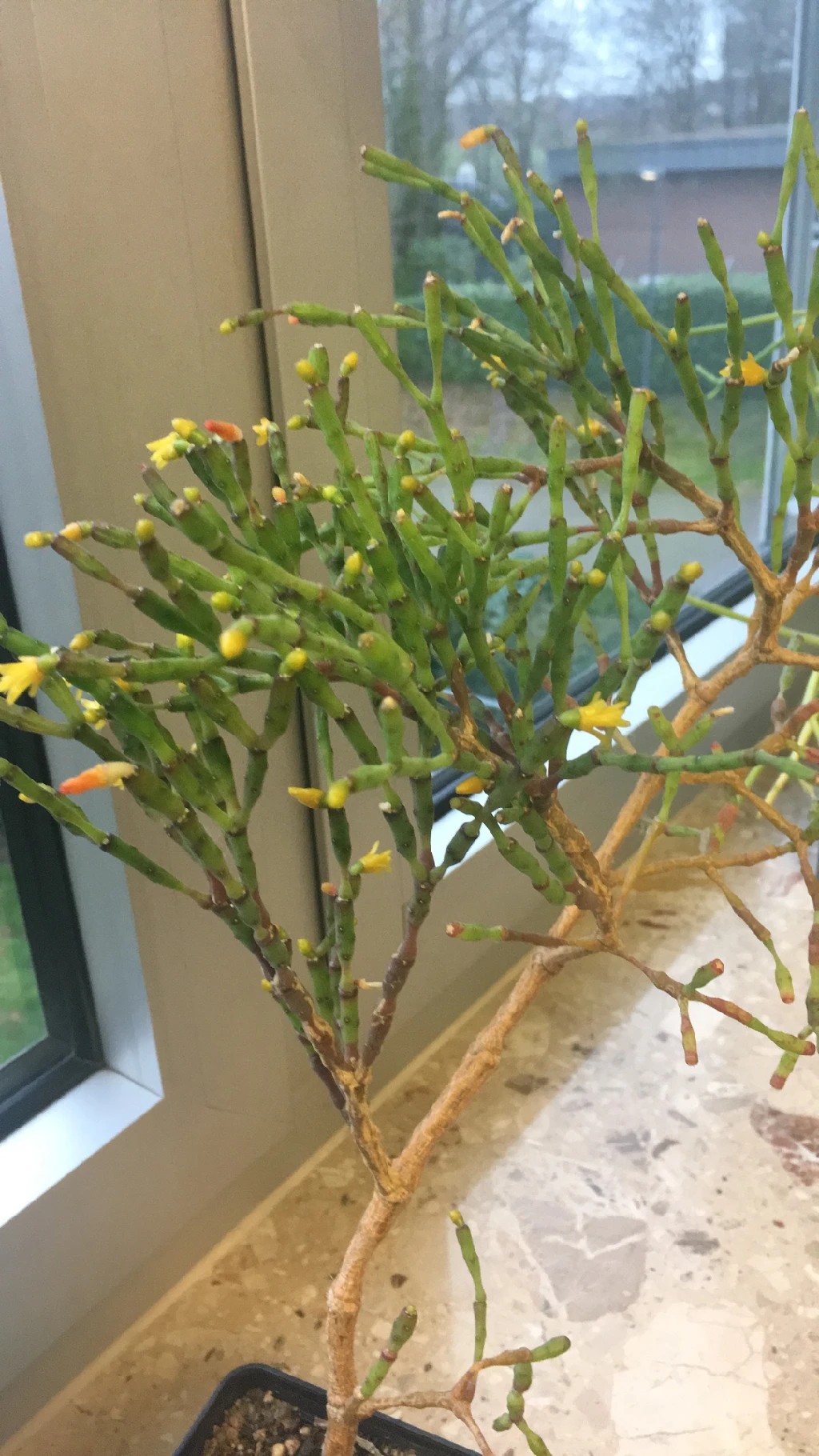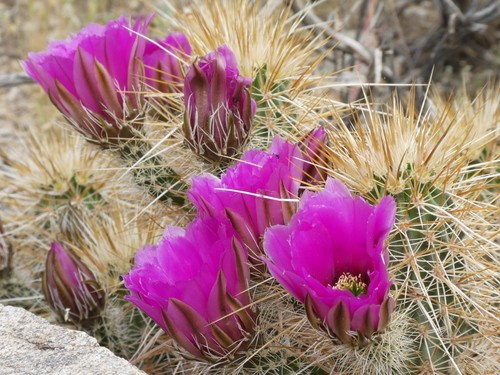![How to Propagate Hedgehog cactus?]()
How to Propagate Hedgehog cactus?
Primary propagation methods for hedgehog cactus include seeds, cuttings, and division, with seed sowing being the most common. Optimal conditions involve bright light, warm temperatures (between 70°F-80°F), and well-draining soil. Hedgehog cactus requires a drying period after watering to mimic its native arid conditions. The difficulty level is moderate due to slow growth from seeds and potential rot with cuttings. To propagate using seeds: 1) Obtain seeds from ripe hedgehog cactus fruit. 2) Fill a container with a cactus-specific or sandy soil mix. 3) Scatter seeds on the surface and lightly cover with soil. 4) Moisten the soil without waterlogging it. 5) Cover the container with plastic to maintain humidity. 6) Place in a spot with plenty of sunlight but avoid direct scorching rays. 7) Once seedlings appear, gradually introduce them to less humid conditions.
